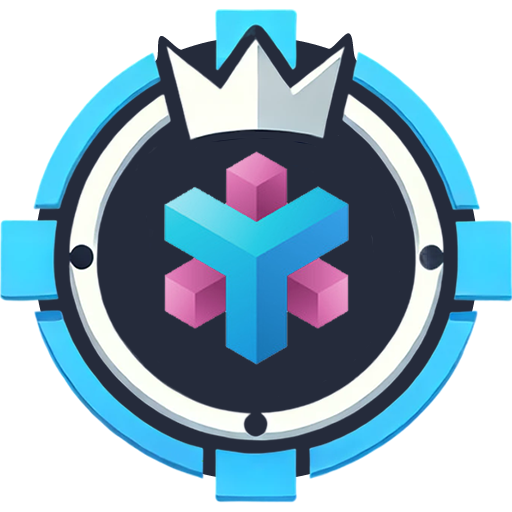Duolingo’s AI-First Approach: Backlash Unwarranted?

Duolingo’s AI-First Approach: Backlash Unwarranted? Duolingo’s strategic shift towards an “AI-first” approach sparked a wave of criticism. However, the concerns raised didn’t significantly impede the...
⏱️ Estimated reading time: 2 min
Latest News
Duolingo’s AI-First Approach: Backlash Unwarranted?
Duolingo’s strategic shift towards an “AI-first” approach sparked a wave of criticism. However, the concerns raised didn’t significantly impede the company’s progress or alter its direction. This suggests a disconnect between the critics’ worries and the practical outcomes of Duolingo’s AI integration.
Understanding Duolingo’s AI Strategy
Duolingo has been actively incorporating AI to personalize learning experiences and improve language acquisition. For example, they use AI-powered chatbots to provide conversational practice. They also leveraged AI to generate personalized lessons.
- Personalized learning paths adapt to individual progress.
- AI-driven feedback offers tailored corrections and guidance.
- Chatbots facilitate interactive language practice.
Addressing the Backlash
Some users expressed concerns about the potential for AI to replace human teachers, the quality of AI-generated content, and data privacy issues. Duolingo addressed these concerns by emphasizing that AI serves as a tool to augment, not replace, human instruction. They also highlighted the rigorous testing and refinement processes they use to ensure the quality of AI-generated content and clarified their data privacy policies, referencing resources available on their official website regarding data usage and security.
Why the Backlash Didn’t Matter (Much)
Several factors contributed to the limited impact of the backlash:
- Strong User Base: Duolingo boasts a large and loyal user base invested in its platform.
- Positive Results: Users often report positive learning outcomes with AI-powered features.
- Effective Communication: Duolingo actively engages with its community and addresses concerns.
The Future of AI in Language Learning
Duolingo’s experience highlights the evolving role of AI in education. As AI technology continues to advance, language learning platforms will likely incorporate even more sophisticated AI-driven features. This may include more realistic conversational AI, AI-powered writing assistants, and advanced analytics to track learner progress.
Related Posts
Bluesky Enhances Moderation for Transparency, Better Tracking
Bluesky Updates Moderation Policies for Enhanced Transparency Bluesky, the decentralized social network aiming to compete...
December 11, 2025

Google Maps: Gemini Tips, EV Charger Predictions & More!
Google Maps Gets Smarter: Gemini Tips & EV Updates Google Maps is enhancing user experience...
December 9, 2025

Adobe Acquires Semrush in $1.9B SEO Power Play
Adobe to Acquire Semrush for $1.9 Billion Adobe announced its agreement to acquire the search...
December 1, 2025











Leave a Reply